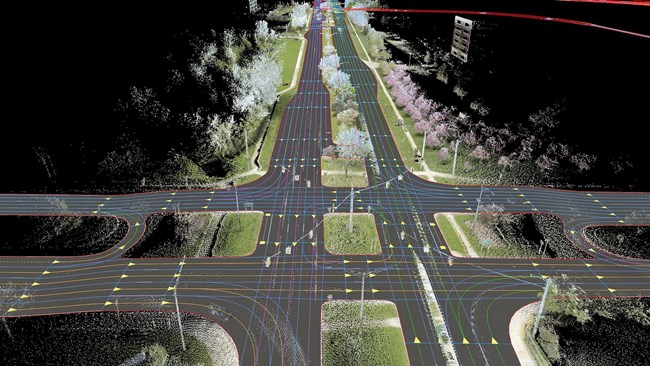We use cookies to ensure that we give you the best experience on our website. If you continue without changing your settings, we will assume that you are happy to receive all cookies on the Business Car website. However, if you would like to, you can change your cookies at any time

The start point for the best source of fleet information |
Audi announces connected friction system to warn drivers of slippery roads
Date: 17 March 2021 | Author: Sean Keywood

Audi drivers are to be warned of slippery road conditions ahead via updated car-to-x technology.
The system is said to use high-precision data to estimate how much friction a car's tyres have with the road surface on the basis of wheel slip.
This data, said to be accurate enough to detect the tiniest changes in adhesion, is then used to warn other drivers approaching the area of ice or other slippery conditions in near real-time.
The system is based on technology from Swedish company NIRA Dynamics AB.
Audi says the system will improve as more cars join the 'swarm' intelligence network, whch currently numbers around 1.7 million Volkswagen Group vehicles.
It says wider applications of the tech include sat-navs avoiding potential trouble spots, driver assistance systems pre-conditioning themselves for low-grip conditions, and local authorities using the data to optimise snow clearing and gritting services.
Thomas Muller, head of ADAS and automated driving at VW Group sub-brand Car.Software, said: "The project for improved hazard information is a good example of the great potential of cross-brand software development.
"Together with other group brands and our strategic partners, we were able to develop a digital service within a few months while making use of our own software skills and economies of scale.
"The improved hazard information service is just the beginning; we see wide-ranging potential for the future."











